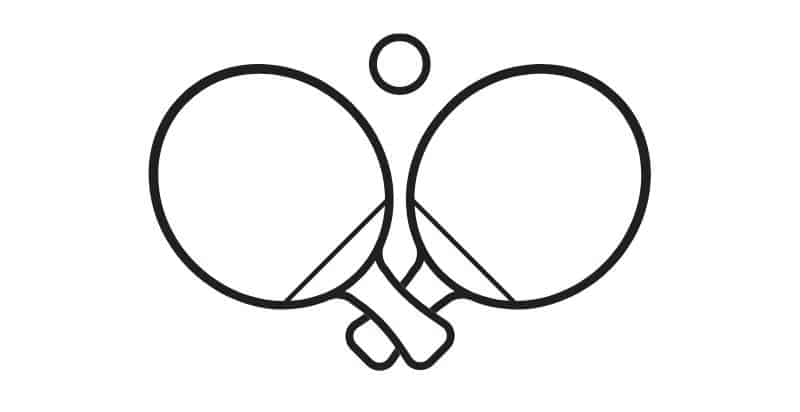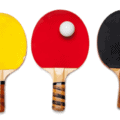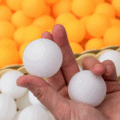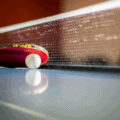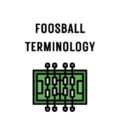Ping Pong is a fun and enticing game that draws on the dexterity, agility, and nimbleness of its players. While the game may seem simple to the common observer, there is a wide range of ping pong terminology, which if learned can help you understand the true essence of the game. So, without further ado, below is a list of all the key terminology used in ping pong.
Key Ping Pong Terminology You Need to Know about
ALL, ALL-, ALL+: These terminologies are essentially abbreviations that stand for ALLround style blade. The abbreviations indicate the blade speed of the ping pong blades as set by the manufacturer and can be used by players to select a suitable blade according to their playing style. ALL generally means a moderate blade speed while a – or + sign before it indicates a slightly slower or faster blade speed respectively.
Assistant Umpire: Assistant umpire refers to an individual who has been delegated with the task of aiding the main umpire in making certain decisions.
Anti or Anti-loop or Anti-spin: All three terminologies symbolize a smooth rubber designed to have minimal surface friction. It is used as a defensive measure against extreme spin or simply just to bewilder opponent. The rubber works by absorbing any spin and speed of the incoming ping pong ball.
Backhand: This term refers to a move played by an individual in which they have the back of their hand facing their opponent. This means that for a left handed player, their hand position will be to the right of their elbow and for a right handed player, the hand position will be to the left of their elbow.
Backspin: Also known as underspin, it is a type of spin in which the top portion of the ping pong turns towards you while the bottom portion moves away, given that you were the user of this technique. Putting backspin on the ball requires one to perform a chopping motion on the ball. The purpose of this move is so that the ball, on striking the table surface, would spin back towards the individual who played the shot. This makes it difficult for the opponent to play their move.
Blade: Blade is the thin wooden structure of the ping pong racket or paddle. The blade plays an integral role in transferring vibrations from the ball to the player.
Bat: This is an alternative name for the ping pong racket or paddle.
Block: It is a defensive stroke mostly used for countering smashes and loops. The move requires the racket to be in a closed or block position.
Chopper: The term refers to a specific playing style in which chop is employed as the main stroke of the individual’s game.

Chop: It is a defensive shot that carries an enormous amount of underspin or backspin. The stroke is usually played far away from the table.
Chop Block: It is a stroke that requires the player to stand close to the table, unlike chop. To execute the stroke, one must make a swift downward vertical movement as soon as the ball bounces to induce backspin in the ball. The stroke was invented by Jan-Ove Waldner.
Counter Loop: It refers to a loop stroke played in response to your opponent’s loop stroke.
Closed Racket: It is a racket position while playing a certain of stroke such as topspin in which the racket’s striking surface is angled downwards allowing the player to strike the top of the ball.
Counter Smash: Refers to a smash stroke played as a counter to your opponent’s smash stroke.
Cross-Court: A stroke that is aimed at directing the ball in a diagonal trajectory from one corner to another corner.
Dead Ball: A ball with little to no spin.
Deep: A situation in which the ball lands very near to the end of the table on the opponent’s side.

Doubles: A game played in teams of two with each member taking turns at striking the ball.
Drive: An offensive shot played from close to the table in which your arm movement is forwards and subtly upwards.
Down the Line: A stroke in which the ball is directed parallel to the side of the table.
Drop Shot: A shot in which the ball just barely makes it over the net onto your opponent’s side of the table.
Expedite: If the game extends for more than 10 minutes, the Expedite rule comes into play. According to the rule, the receiver of the ball earns a point if they successfully return the ball 13 times.
Flat: A stroke with very little topspin.
Float: A defensive stroke that returns the ball with minimum topspin.
Forehand: A stroke in which the palm of the player’s hand is facing their opponent. This means a hand position to the left of the elbow in the case of a left-handed player and right to the elbow for a right-handed player.
Game: The first player to score 11 points wins the game. If both players score an equal 10 points – called deuce – the player to gain a lead of 2 points wins.
Heavy: Used to describe a stroke with excessive spin, also referred to as loaded.
Kill: An aggressive stroke where the ball travels too fast for the opponent to return it.
Let: A rally in which no player scores a point.
Let Serve: A serve shot in which the ball hits the net.
Lob: A defensive shot that launches the ball high up in the air and is used against high-speed balls.
Long: Used to describe a shot that throws the ball to the near end of your opponent’s side of the table.
Loop: An offensive stroke in which the ball is returned with excessive topspin.
Loose Return: When the ball is returned with too little spin or is either too long or high, it is called a loose return.
Obstruction: Obstruction is when anything a player is wearing interacts with the ball, or if the player interacts with the ball out of turn, it is referred to as obstruction.
Open Racket: A stroke in which the racket’s striking surface is slanted upwards.
Paddle: Another name for a racket.
Penhold: A racket gripping style where the racket is gripped between the forefinger and thumb.
Pips-Out: A rubber surface with many small pimples pointing outwards.
Push: An underspin or backspin shot played over the table.
Racket: The paddle used to strike the ball.
Rally: The timespan during which the ball is in play.
Rating: A way to assess the capabilities of players.
Receiver: The player whose turn it is to strike the ball.
Serve: The first shot that begins the game.
Sidespin: Revolving motion of the ball in which it revolves sideways towards left or right.
Smash: An attacking shot in which the ball is imparted with immense speed.
Spin: The revolving motion of the ball.
Stroke: The movement of a racket to strike the ball.
Topspin: A spin type in which the ball curves down onto the table
Twirl or Twiddle: The act of turning your racket in your hand, often done to confuse opponents.
Umpire: The official delegated to keep score and enforce the rules of the game.
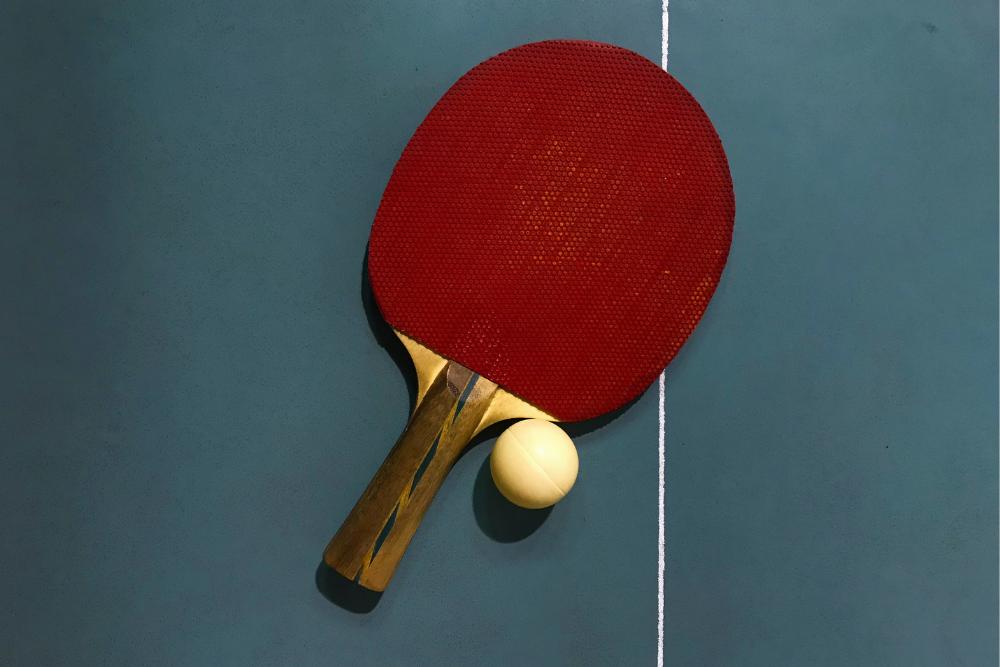
Ping Ping Frequently Asked Questions (FAQs)
What is Rally in Ping Pong?
Rally is the time period for which the ball is in play.
What is Lob in Ping Pong?
Lob is a defensive play in which the player launches the ball very high up in the air.
What is the Correct Term for Ping Pong?
Ping Pong is more commonly known as table tennis in other countries. The game also goes by the name whiff-whaff.
What Came First: Tennis or Ping Pong?
Tennis is slightly older than Ping Pong.
Final Thoughts
Going through the ping pong terminologies, we hope that you now have a much better understanding of the game.
However, it is important to remember that the best way to get the hang of these terminologies is to play the game instead of trying to memorize them.
Want to learn more about ping pong? Check out our guides on Best Ping Pong Balls and 10 Best Ping Pong Paddles!

I’m Lia and I love playing games. I started this site to share things with friends and they encouraged me to post more and now I’m trying to share things with the world – indoor and outdoor sports, and board and bar games. I write about things like Bocce, Croquet, Billiards, Darts and other fun ways to enjoy time with your friends and family!

